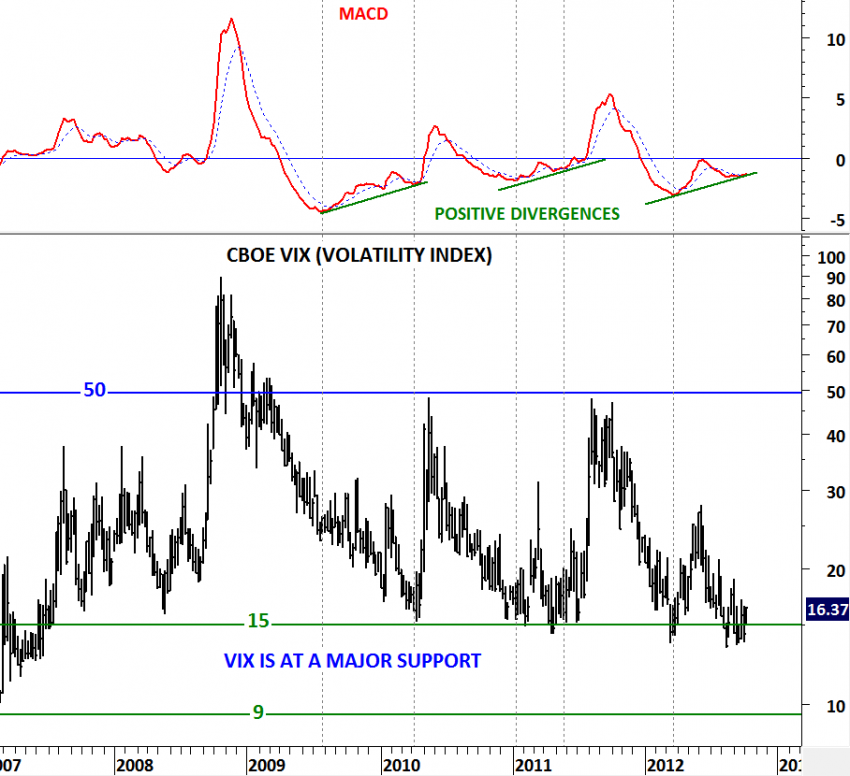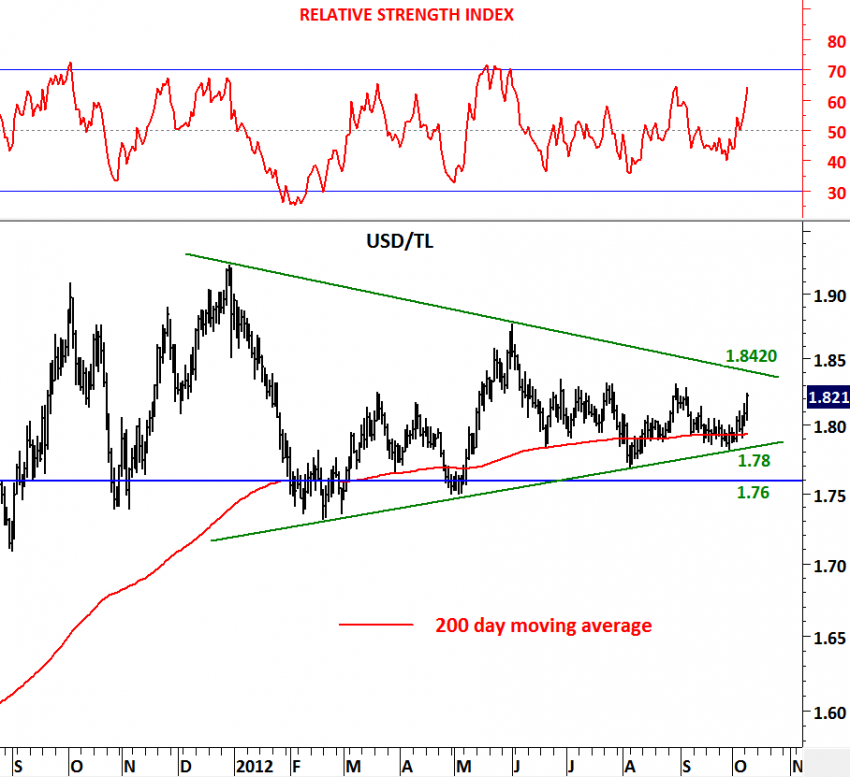EUR/USD
Will EUR/USD manage to hold above its 200-day moving average? I have updated EUR/USD chart earlier during October. http://techcharts.wordpress.com/2012/10/12/eurusd-5/ Since then, cross rate continued to consolidate above its long-term average. While the direction of the next trend period is not clear yet, failure to rebound from this strong support area is a warning signal for euro weakness. Over the past 2 months, EUR/USD tested its support for 4 times… Breakdown below 1.2880 (200 day moving average) will suggest larger scale correction towards 1.25 levels.























